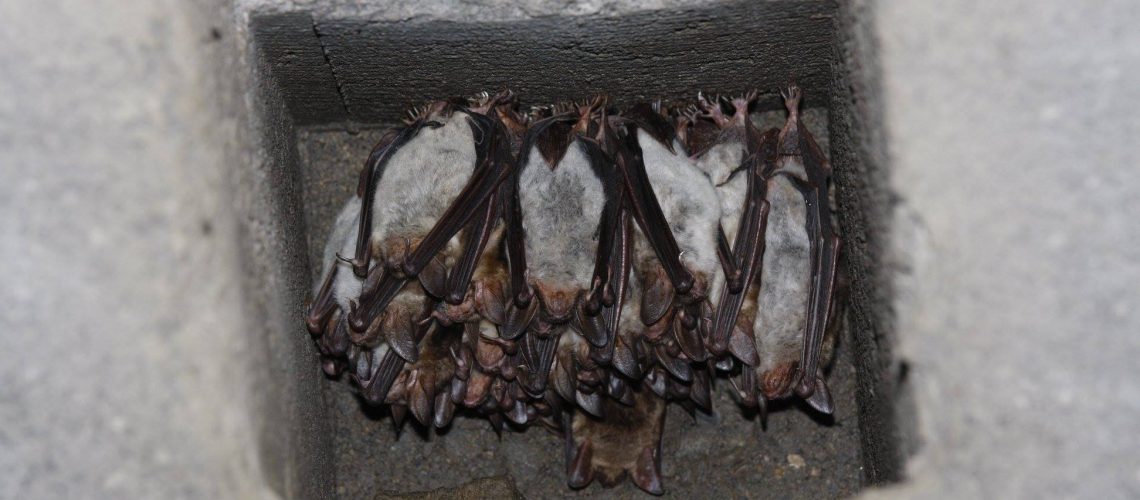
Prior to World War Two, Germany constructed an extensive system of defences along its then eastern border with Poland. Part of these fortifications consisted of heavily armoured bunkers connected and supplied by 32 kilometres of passages and railway tunnels 20 to 50m below ground. A series of subterranean railway stations, storage chambers and rooms to accommodate troops completed the system.
Following the war, changes to country borders saw the system taken into Poland. Much of the above ground fortifications were destroyed and the underground system was stripped of its infrastructure. Since then, the underground system has been adopted as a hibernation site by bats. Nearly 40,000 bats have been recorded overwintering at the site, including some of Europe’s rarest species; animals are drawn from across Poland and from as far away as the Czech Republic.
The importance of the site was realised in the 1980s and part of the system was established as a bat reserve, named after the nearest village, Nietoperek. It is now recognised as the largest and most important bat hibernation site in northern Europe. More recently, the entire underground system and the surrounding wetland habitat were given European protection when they were designated as a Natura 2000 site. The predominant species in the system is the greater mouse-eared bat (Myotis myotis), which can form clusters on the sides of the tunnels and chambers numbering hundreds of individuals. Barbastelles are common in the cooler areas of Nietoperek, where thousands can be seen roosting individually or in dense clusters. Daubenton’s, Natterer’s and brown long-eared bats make up the bulk of the commoner species with rare European species such as Bechstein’s bats and pond bats found in relatively small numbers.
The need to monitor the site led to the setting up of an annual census of the bats; this is led by Dr Tomasz Kokurewicz of Wrocław University of Environmental and Life Sciences. The Vincent Wildlife Trust has been a partner helping deliver the annual census of the hibernating bats and also assisting in carrying out small scale research projects at the site aimed at informing the management of the reserve. The Trust’s Henry Schofield first visited Nietoperek in 1992 and when the annual census of the system was established in 2005 he was contacted by Tomasz, with a request to assist in the work. The census itself is a major undertaking with 32 kilometres of tunnels to be walked and many thousands of bats to be counted in one day. In recent years, other VWT staff members have also taken part in the census.
Dr Henry Schofield, Conservation Programme Manager